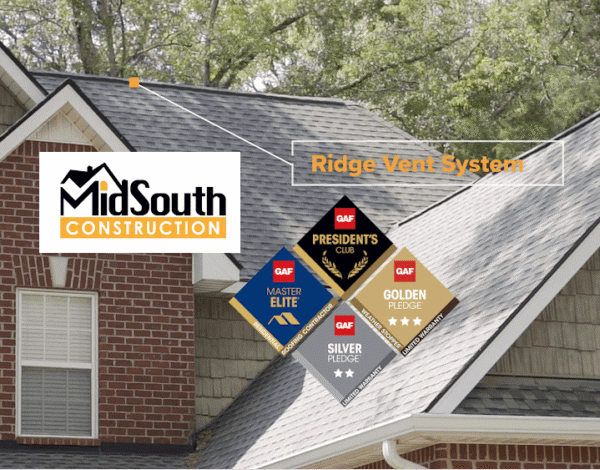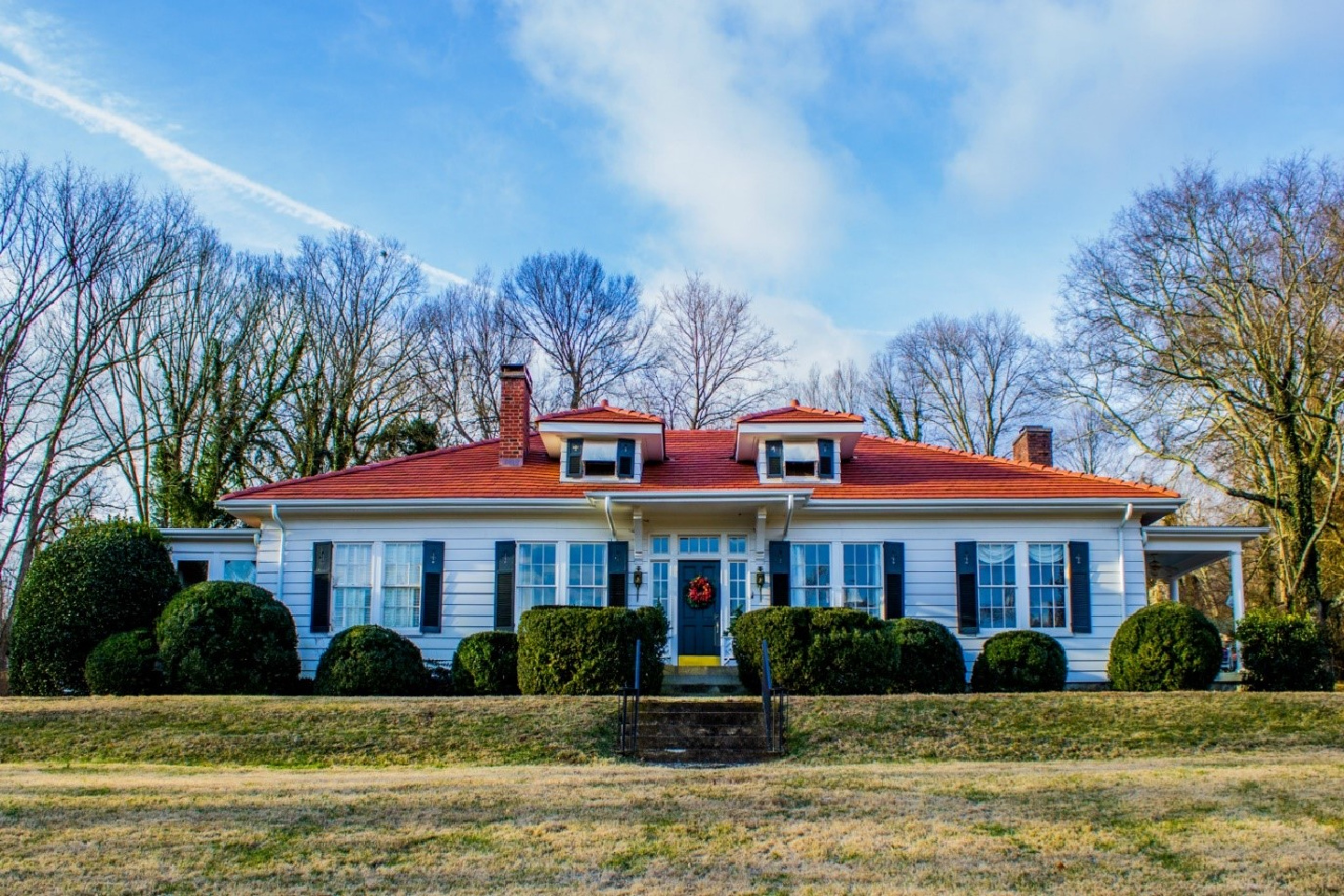
The Importance of Your Roof Color & Design
When it comes to home design, the roof is often overlooked despite being one of the most visible and impactful features of a house. The color and design of your roof can dramatically alter not only your home’s aesthetic appeal but also its energy efficiency. From enhancing curb appeal to potentially lowering energy bills, the right roofing choices can make all the difference.
In this article, we’ll explore how roof color and design affect your home’s look and function, and how these choices can contribute to long-term savings and sustainability.
1. The Role of Roof Color in Home Aesthetics
Your roof is a key component of your home’s exterior design. The roof design can either complement or clash with the surrounding architecture and landscaping. Here’s how choosing the right color can elevate your home’s appearance:
- Curb Appeal: A well-chosen roof color can enhance your home’s curb appeal, making it more visually striking. Light-colored roofs, such as whites, grays, or soft blues, often give homes a fresh, clean look. Darker tones like deep browns, dark grays, and blacks can add a sense of sophistication and elegance.
- Architectural Style: Roof color should be selected with the overall style of your home in mind. For instance, Mediterranean-style homes often pair well with terra-cotta or red-tiled roofs, while modern or minimalist homes may look striking with sleek, dark-colored roofs.
- Neighborhood Harmony: Consider the broader context of your neighborhood. While you want your home to stand out, it’s important to ensure that your roof color aligns with the overall aesthetic of the area to maintain consistency and avoid sticking out too much.
According to RoofingMagazine.com 91 percent of consumers and 87 percent of real estate professionals agreed that a roof with a color coordinating with the rest of the exterior increases a home’s value.
2. Energy Efficiency: How Roof Color Affects Temperature Regulation
Beyond aesthetics, roof color plays a critical role in managing the temperature inside your home. This can directly impact your energy efficiency and utility costs. Here’s how:
- The Science of Heat Absorption: Dark-colored roofs absorb more heat from sunlight, while light-colored roofs reflect it. This means that a dark roof can significantly increase the temperature inside your home during hot weather, forcing your air conditioning system to work harder.
- Cool Roofing Options: Light-colored roofs, often referred to as “cool roofs,” reflect more sunlight and absorb less heat, keeping your home cooler during the summer months. This can lead to substantial energy savings, especially in warmer climates. Homes with cool roofs can experience up to 50% less heat buildup, reducing the strain on HVAC systems.
- Climate Considerations: While cool roofs work wonders in hot climates, homes in colder regions may benefit from darker roofs. In cooler climates, a darker roof can help absorb heat during winter, reducing the need for excessive heating.
In a study conducted by Lawrence Berkeley National Laboratory (LBNL) switching from a black-colored membrane to a white membrane resulted in peak cooling energy savings of 14%.
3. Roof Design and Its Influence on Energy Efficiency
The design and structure of your roof also have a significant impact on your home’s energy performance. Let’s break down some key design considerations:
- Roof Slope and Shape: The slope of your roof plays a role in how it interacts with the elements. Steeper roofs are generally better for shedding rain and snow, while flatter roofs may require special materials to handle water runoff. Additionally, roofs with more surface area exposed to direct sunlight may need better insulation to keep temperatures regulated.
- Ventilation: A well-ventilated roof prevents heat buildup during the summer and helps maintain consistent indoor temperatures. Features like ridge vents or soffit vents can improve airflow, keeping your home more comfortable and reducing the need for constant heating or cooling.
- Green Roofs: Some homeowners are turning to eco-friendly roof designs, such as living or green roofs, which are covered in vegetation. These not only provide insulation but also absorb rainwater, reduce heat absorption, and even improve air quality around the home.
According to studies completed and published on Sciencedirect.com,roof materials play an important part of how energy efficient a home will be. Both metal roofing and terracotta tile roofing are energy efficient options that also add curb appeal.
4. Matching Roof Design with Exterior Elements
In addition to color and energy efficiency, the overall design of your roof should harmonize with other aspects of your home’s exterior. Consider these factors when designing or selecting a roof:
- Material Compatibility: Choose roofing materials that complement the rest of your home’s exterior, including siding, windows, and landscaping. Metal roofs often work well with modern roof designs or industrial styles, while asphalt shingles can suit a more traditional aesthetic.
- Texture and Pattern: The texture and pattern of roofing materials can add depth and dimension to your home. For instance, wooden shingles provide a rustic, natural look, while slate tiles can convey luxury and durability.
- Solar Integration: With the rise of solar energy, more homeowners are integrating solar panels into their roof design. Solar roofs not only help reduce electricity costs but can be aesthetically pleasing if integrated properly with the roof’s design.
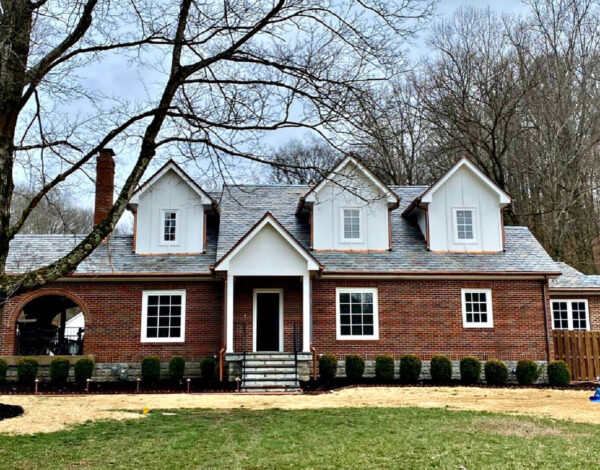
5. Long-Term Financial Benefits: Roof Design for Sustainability
While aesthetic appeal and immediate energy savings are important, making smart choices about your roof can also yield long-term financial benefits:
- Reduced Energy Bills: Homes with energy-efficient roofs can see substantial savings in heating and cooling costs. Studies show that cool roofs, for instance, can lower annual energy bills by up to 15%.
- Increased Property Value: A well-designed, energy-efficient roof is an attractive selling point for prospective buyers. Not only does it enhance the home’s look, but it also offers long-term cost savings—making it a win-win in the real estate market.
- Lower Maintenance Costs: Choosing durable, weather-resistant roofing materials can significantly reduce the need for repairs and maintenance. Investing in materials like metal, tile, or slate may cost more upfront but will pay off in longevity and reduced upkeep.
Conclusion: The Roof is More Than Just Shelter
Your roof is much more than just a protective barrier—it’s a key element in both the visual identity of your home and its energy performance. By selecting the right color and design, you can enhance your home’s curb appeal, reduce energy costs, and increase its overall value. Whether you’re aiming for a classic look or cutting-edge sustainability, investing in thoughtful roofing decisions is an investment in the long-term beauty and efficiency of your home.
MidSouth Construction is a roofing contractor headquartered in Nashville, TN that provides all types of roofing services. They can help find the best roofing solution for your home’s design, satisfy your dream, and fit within your budget.
Table of Contents
Relevant Articles
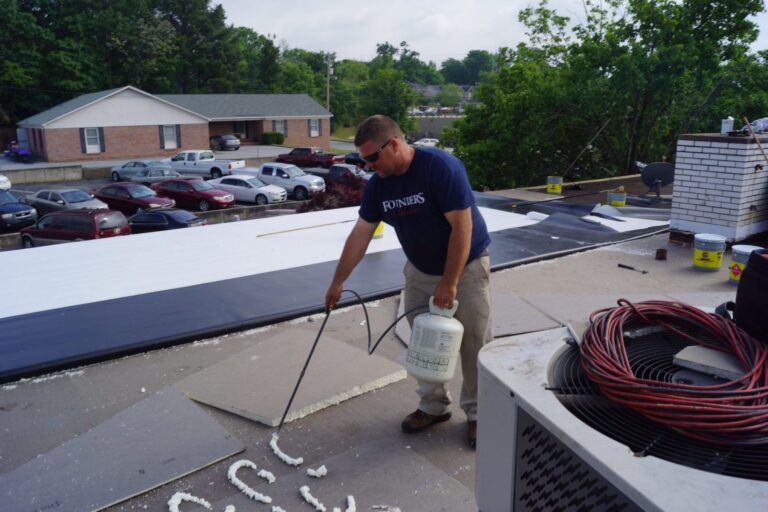
10 Questions To Ask A Commercial Roofer Before You Hire Them
10 Questions to Ask a Commercial Roof Contractor before You Hire them If you are a property management company, a commercial property owner, or perhaps on the board of directors for a condo property, roofing repairs and replacements can be a tough topic to bring up, but it doesn’t have to be. At MidSouth Construction we understand that your primary
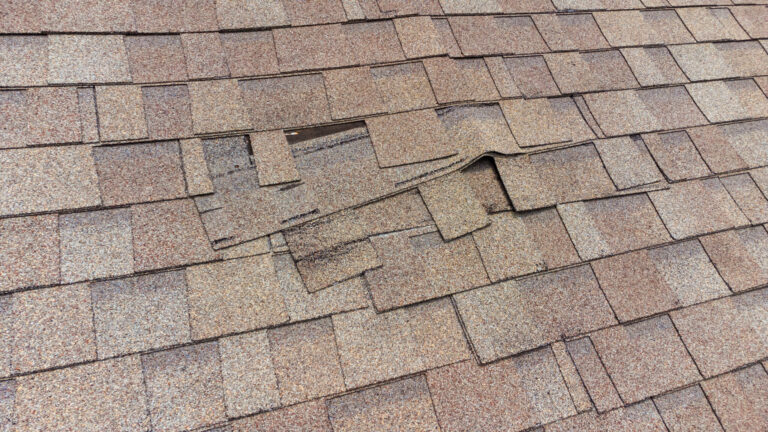
Top 10 Roof Repairs Every Homeowner Should Know About
Fast. Affordable. Quality Roof Repairs Top 10 Essential Roof Repairs Every Homeowner Should Know About The roof is your home’s first line of defense against the elements, and it’s crucial to keep it in top shape. Whether you’re a new homeowner or have lived in your house for years, understanding essential roofing repairs can save you time and money in
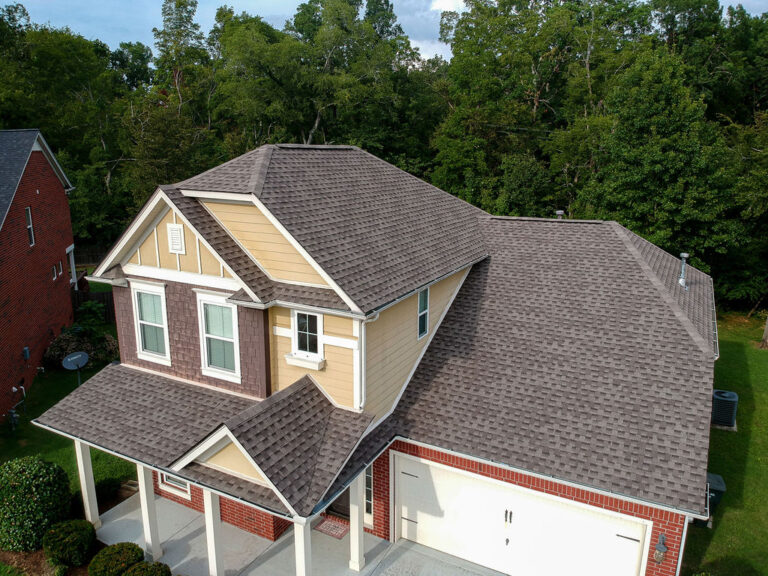
ROOFING 101: ESSENTIAL REPAIRS AND MAINTENANCE
ROOFING 101: ESSENTIAL REPAIRS AND MAINTENANCE Searching for “roofing companies near me” in Nashville? How do you know who to trust? This blog post takes the guesswork out of finding a quality roofer. We’ll share insider tips on what to look for, questions to ask, and how to ensure you get the best value for your investment. Understanding Common Roof

